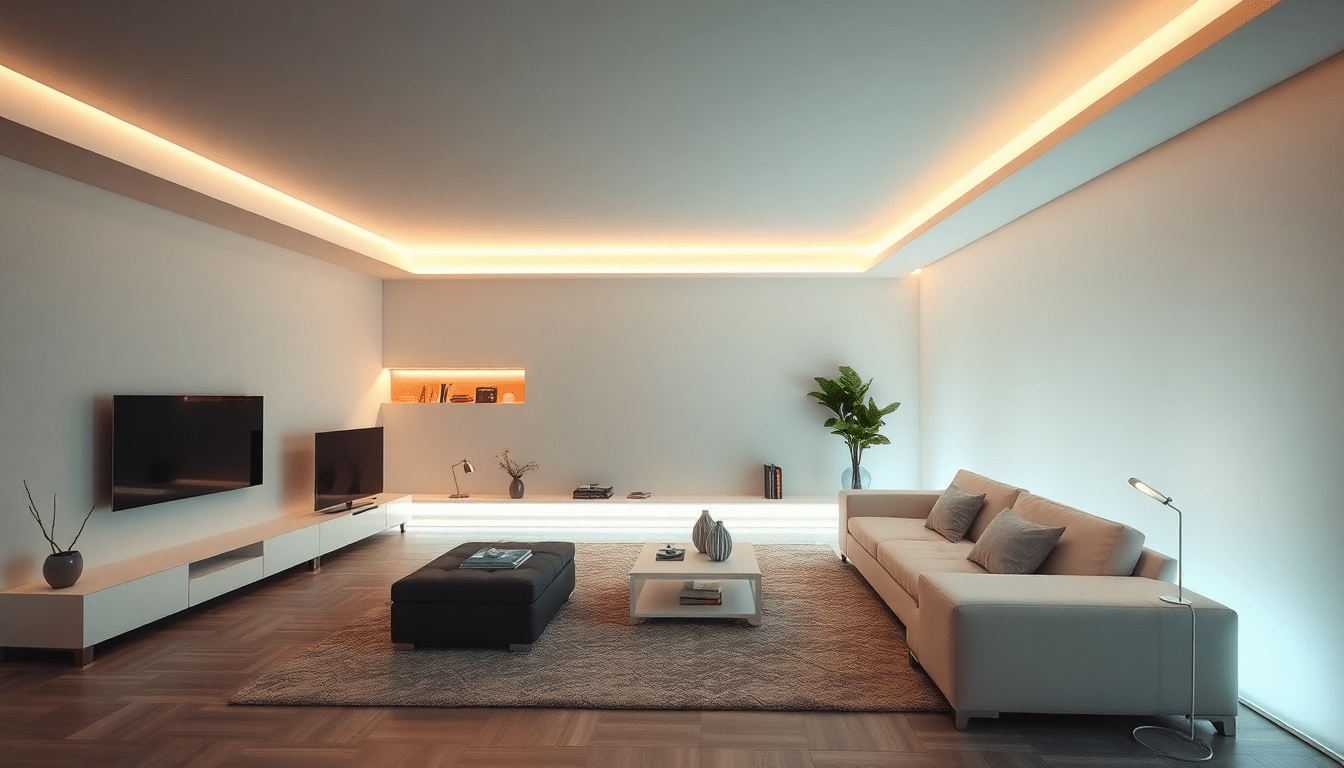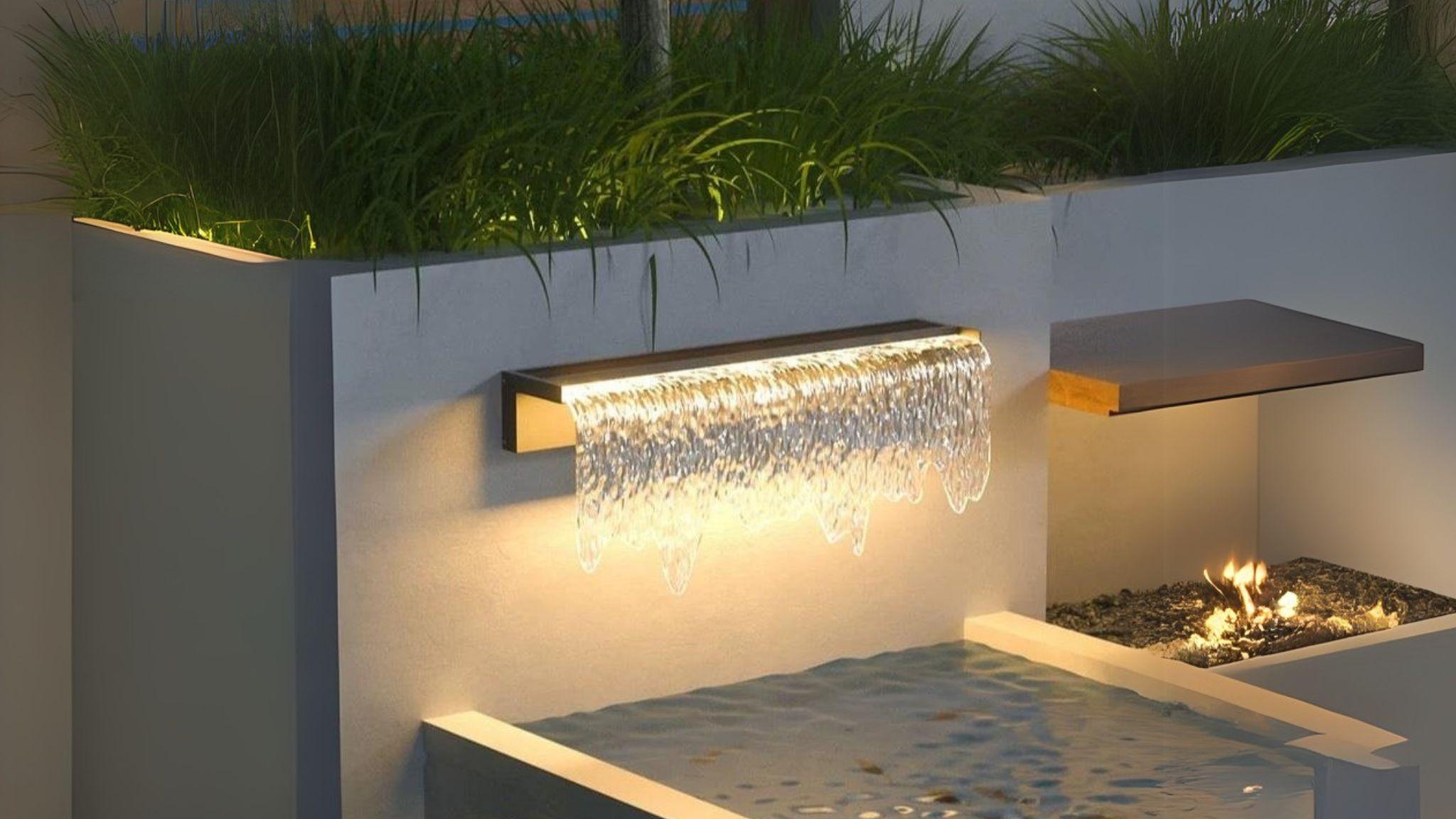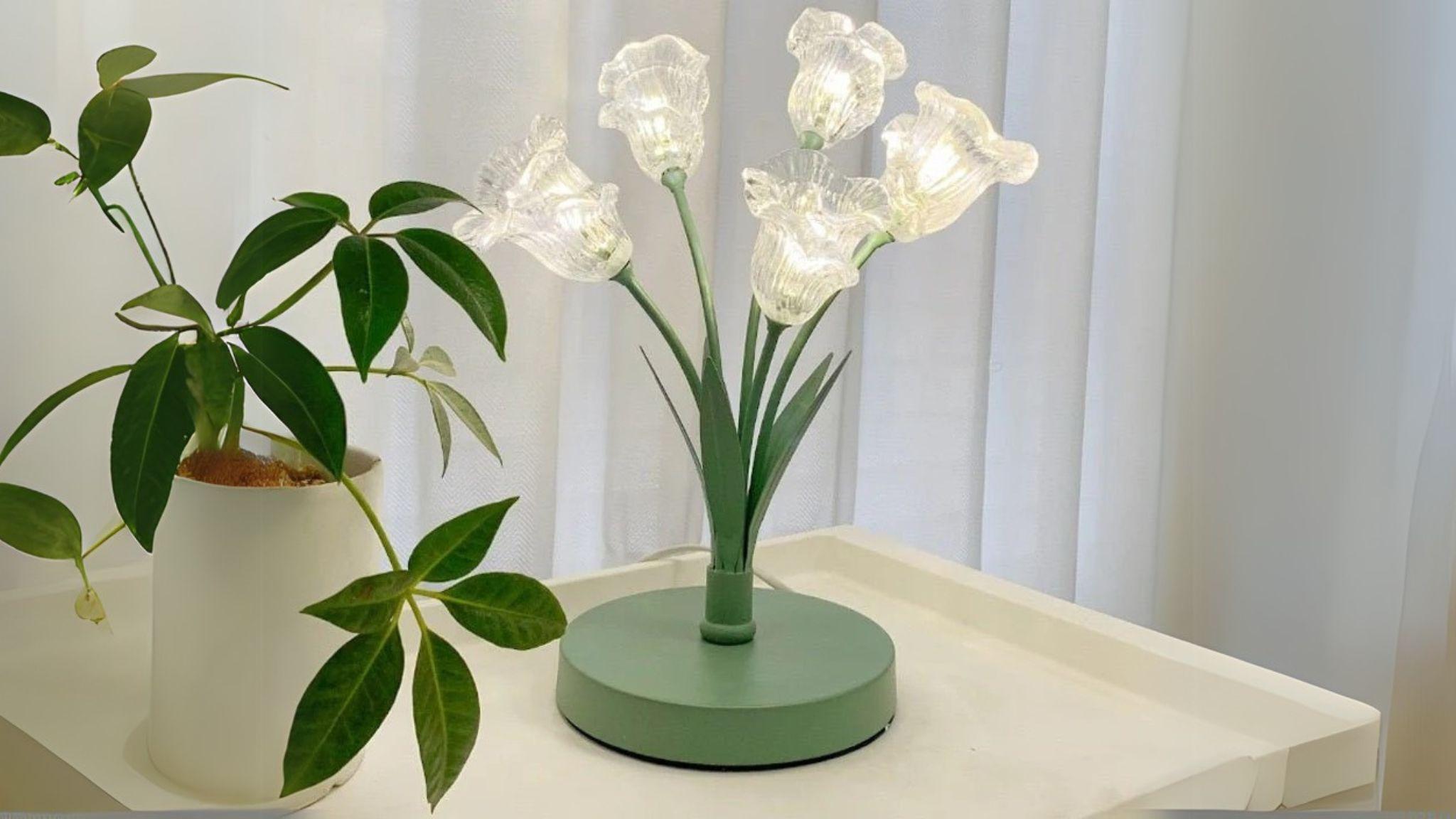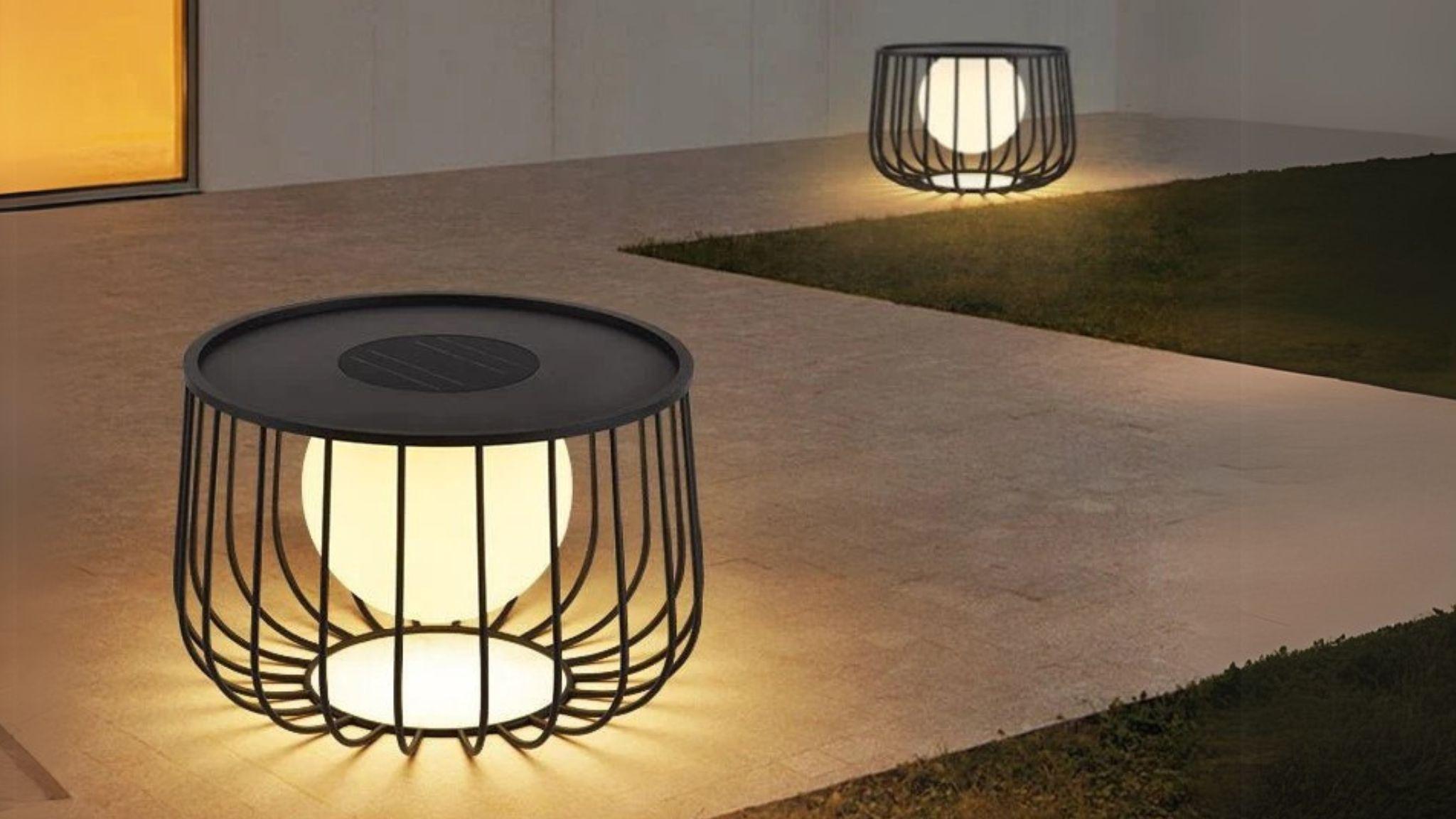Introduction
In today’s fast-paced world, where urban living spaces are often limited, creating a home that is both functional and aesthetically pleasing has become a design priority. Harnessing the synergy between smart ambient lighting and modular furniture offers an innovative path to crafting dynamic, space-efficient living environments. This comprehensive guide explores how integrating these two elements can transform your home into a stylish, adaptable sanctuary that meets your everyday needs while enhancing comfort and mood.
The Evolution of Smart Ambient Lighting: More Than Just Illumination
Lighting has always been a critical aspect of interior design, but with advances in technology, ambient lighting has evolved into an intelligent system that goes beyond mere illumination. Smart ambient lighting integrates sensors, automation, and customizable controls to create an immersive experience that adapts to your lifestyle.
Key Features of Smart Ambient Lighting
- Color Temperature Control: Shift between warm, natural, or cool white light to influence ambiance and well-being.
- Dynamic Color Options: Access millions of colors for mood-setting or themed decor updates.
- Automation and Scheduling: Program lights to adjust based on time of day, activity, or occupancy.
- Voice and App Control: Use popular smart home assistants or mobile apps for seamless operation.
- Energy Monitoring: Track usage and optimize efficiency to reduce electricity costs.
Why Smart Ambient Lighting is Essential for Modern Homes
Beyond convenience, smart lighting enhances health, productivity, and emotional well-being. For example, cooler blue tones can boost alertness during work hours, while warmer amber hues promote relaxation in the evening. Moreover, ambient lighting can visually enlarge spaces, soften harsh architectural lines, and highlight design features, making it an indispensable tool for creating inviting interiors.
Modular Furniture: Redefining Flexibility and Functionality
Modular furniture is at the forefront of modern interior design, offering unprecedented versatility. These pieces are designed to be rearranged, combined, or expanded to meet evolving needs without sacrificing style.
Types of Modular Furniture to Consider
- Sectional Sofas: Customize seating arrangements for different room sizes or social settings.
- Stackable Storage Units: Adaptable storage that grows with your possessions.
- Foldable Tables and Desks: Ideal for multipurpose rooms or compact living areas.
- Convertible Beds and Seating: Space-saving solutions for guest rooms or studios.
- Modular Shelving: Combine open and closed storage to display decor and hide clutter.
Advantages of Modular Furniture
- Space Optimization: Maximize every square foot with multipurpose, movable pieces.
- Cost-Effectiveness: Invest once and reconfigure rather than replacing furniture entirely.
- Personalization: Tailor your layout and style to fit your unique preferences and lifestyle changes.
- Easy Maintenance: Modular pieces are often lightweight and easier to clean or repair.
Integrating Smart Ambient Lighting and Modular Furniture: Strategies for Dynamic Living Spaces
When combined thoughtfully, smart ambient lighting and modular furniture create living environments that are not only visually captivating but also highly adaptable. Here are strategic approaches to effectively merge these elements:
1. Zoning Spaces with Light and Furniture
In open-plan homes or studio apartments, defining zones is crucial. Use modular furniture to physically segment areas — such as a sofa dividing living and dining spaces — while employing smart ambient lighting to reinforce these zones visually.
- Install adjustable LED strips behind modular shelving or under furniture to create subtle boundaries.
- Use different lighting scenes to signify changes in room function, like warm tones for relaxation zones and bright white for workspaces.
2. Creating Mood-Responsive Environments
Smart lighting’s ability to shift colors and intensity pairs perfectly with modular furniture’s transformability, enabling you to tailor your space’s mood on demand.
- Configure lighting presets for activities such as reading, entertaining, or winding down.
- Rearrange modular furniture to support these activities — for example, converting a modular sofa into a lounge configuration illuminated by soft, warm light.
3. Enhancing Small Spaces with Dual-Purpose Designs
For apartments and compact homes, maximizing functionality without clutter is vital.
- Choose modular furniture with built-in smart lighting accents, such as illuminated shelves or seating with integrated LED panels.
- Employ foldable or stackable furniture to free up floor space when needed.
- Use lighting controls to brighten or dim areas, creating the illusion of more space or cozy intimacy.
Practical Tips for Styling and Maintenance
To fully reap the benefits of smart ambient lighting and modular furniture, consider these expert tips:
- Plan Your Layout: Sketch different furniture configurations and lighting placements before purchasing.
- Layer Your Lighting: Combine ambient, task, and accent lighting for depth and versatility.
- Choose Quality Materials: Invest in durable modular furniture that can withstand frequent reconfiguration.
- Integrate Technology Seamlessly: Opt for wireless, app-controlled lighting systems that blend into your decor.
- Regularly Update: Refresh lighting scenes seasonally and rotate modular components to maintain a fresh aesthetic.
Emerging Trends to Watch in 2025
As technology and design continue evolving, here are some trends at the intersection of lighting and furniture to keep an eye on:
- AI-Enabled Lighting Systems: Adaptive lighting that learns your habits and adjusts automatically for optimal comfort and energy savings.
- Eco-Friendly Modular Designs: Sustainable materials like reclaimed wood and recycled metals paired with energy-efficient lighting.
- Integrated Smart Furniture: Pieces embedded with wireless charging, speakers, or sensors that interact with lighting systems.
- Biophilic Design Elements: Combining natural textures and smart lighting that mimics natural light cycles to boost well-being.
Case Studies: Real-Life Applications
Consider these inspiring examples of how smart ambient lighting and modular furniture create transformative living environments:
Urban Studio Apartment
A 450-square-foot studio utilizes a modular sofa bed, foldable dining table, and stackable storage, paired with smart lighting that adjusts throughout the day. The result is a multi-functional space that feels spacious, welcoming, and perfectly tailored to the occupant’s lifestyle.
Family Living Room
In a larger home, modular sectional seating allows for flexible social configurations. Integrated LED ambient lighting highlights artwork and architectural features, with smart controls enabling quick mood changes from lively gatherings to cozy movie nights.
Conclusion
Smart ambient lighting and modular furniture are game-changers in modern interior design. Their combined potential to create dynamic, space-efficient living environments addresses the pressing demands of contemporary lifestyles. By embracing these innovations, you can enjoy a home that is beautiful, adaptable, and perfectly suited to your daily rhythms.
Visit XENTAR for more lighting, decor & furniture curated for modern homes and creative spaces.




Share:
Smart Lighting Innovations and Multifunctional Furniture: Redefining Modern Living Spaces with Style and Efficiency
Smart Lighting and Multifunctional Furniture: Crafting Personalized and Adaptive Living Spaces for Modern Homes